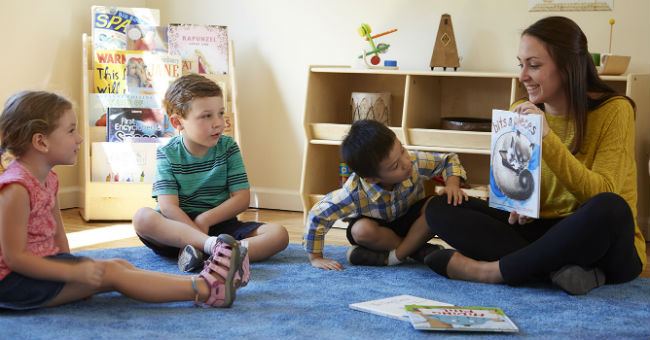Learning requires the ability to focus and pay attention. As an educator, one of your responsibilities is to help children learn to focus and improve their attention span, especially when it comes to learning in the classroom. Jill Stamm, PhD, discusses young children's brain development and how using emotion can drive attention in her book Boosting Brain Power.
"Humans big or small direct their attention to things that feel important. So if you want to gain the attention of a child, the best thing you can do is engage the child's emotions," explains Stamm. However, she is quick to point out that engaging children's emotions doesn't mean that you need to create situations that are too intense or emotional for children. "Instead, create learning environments that are exciting and where children have developed an expectation that wonderful, interesting things are going to happen," she writes.
So, what are some ways you can use emotion to help children pay better attention? Here are some of the ideas Stamm features in Boosting Brain Power:
- Emphasize important words or ideas by using voice intonation, facial expressions, and hand gestures. (Don't forget to check out our tips for improving your storytelling skills!)
- Take time to marvel at things. An adult who is filled with wonder will pass the ability to marvel at things along to the children in their care.
- Don't be afraid to show children your interest in a topic and, most importantly, show your interest in them.
- Set up learning opportunities that stimulate curiosity. When you're demonstrating something you want children to learn and remember, pique their interest by asking them what they think is going to happen.
- Schedule your everyday routines so that children can rotate being classroom helpers. Even small tasks of leadership can help children feel proud about their contributions to the classroom.
- Plan special events that add excitement to your classroom. It can be something big (e.g., a fun outing) or something small (e.g., a treasure hunt in the playground).

